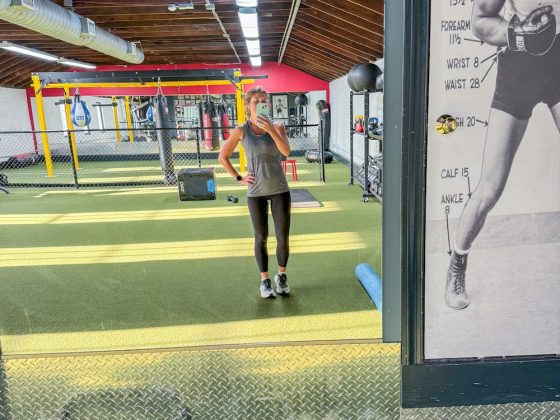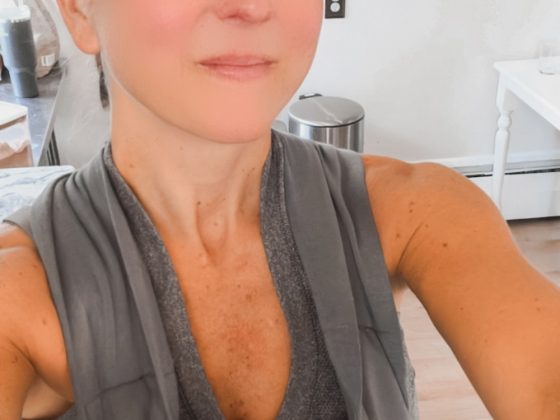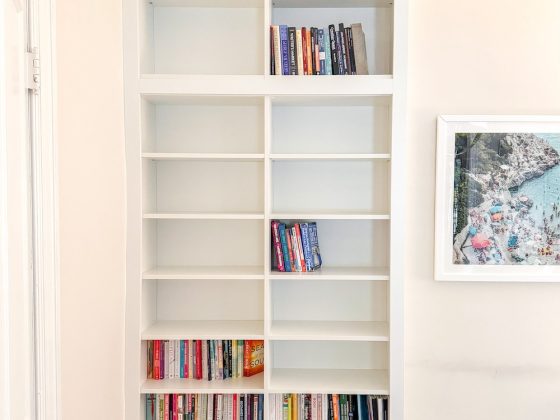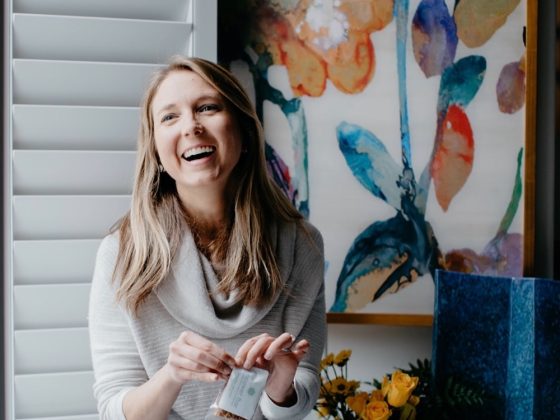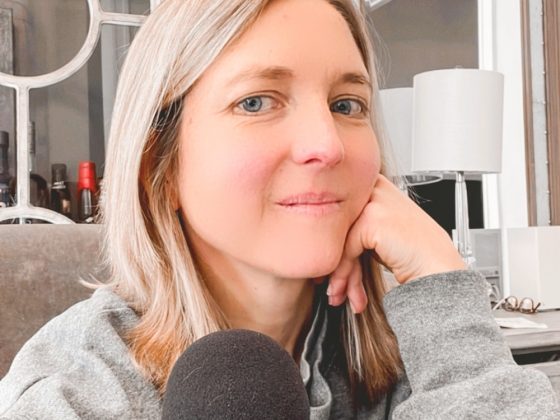Acupressure is a component of traditional Chinese medicine that has been part of alternative medical therapy for a long time. While it’s a relatively new subject of scientific research, a few studies have suggested that acupressure can be a safe method to get more or better sleep (something that’s important for all of us.) We recently spoke with Jen Becker, L.Ac, MSTOM, licensed acupuncturist and herbalist, to shed some light on what acupressure is all about and how you can activate certain pressure points on your body to help get quality zzz’s, so keep scrolling to learn more. [It’s important to note that the following article is not intended to serve as medical advice. We always recommend first consulting your licensed healthcare professional about any form of treatment.]
What exactly is acupressure?
Acupressure is essentially acupuncture without the needles and an ancient form of massage that’s one of the treatment methods used in traditional Chinese medicine.
“The practice subscribes to the same theory of qi and balance in which the body contains meridians (or pathways) through which qi (or energy) flows,” says Becker. She goes onto explain that according to traditional Chinese medical theory, a blockage in one of these meridians can cause imbalances in qi and potentially lead to health issues, adding that both acupuncture and acupressure work to stimulate different key points on meridians in order to unblock the qi and bring you back to a state of balance and flow.
“The wonderful thing about acupressure, unlike acupuncture, is that it can be self-administered, as it does not use needles; instead, acupressure just uses massage and pressure,” notes Becker. “The practitioner or patient him or herself can press firmly on specific acupoints with a finger, or a moving pressure can be applied in a circular motion—the pressure on these points will stimulate the qi and help bring you back into balance.”
A few other tips: apply pressure at each point for about 2-5 minutes; repeat as often as you’d like, there’s no “limit” to the number of times a day it can be done; and when massaging acupoints, try to relax in a comfortable position, close your eyes, and breathe deeply. Oh, and make sure to stop if you’re pressing to where you feel pain (it should be a steady, firm pressure, but certainly not hurt.)
How can it help with sleep issues?
As we briefly pointed out above, studies like this one have revealed that acupressure can be a safe and effective way to help treat sleep disturbances. Becker says that not only does the stimulation of specific acupoints help with tension and anxiety release, but, just as significantly, the practice also promotes taking a quiet moment with yourself to connect to your body. “It provides an interim stage—between waking and sleeping—that can be an important signal to the brain to start slowing down,” she adds.
What are some pressure points that can help with sleep?
Here, Becker gives us insight into a handful of pressure points you can activate in the comfort of your own space to help get a better night’s rest:
An Mian
Located behind each ear in the shallow divot that you will find as you slide your fingers from your ears to the back of your neck (just under the skull), this point instantly soothes. Becker notes it can be helpful to massage this point when experiencing headaches or emotional stress which are often causes of insomnia or sleep disorders.
Tai Yang
A very well-known point to release tension, the Tai Yang acupoint can be found right at your temples—be gentle as this point can be quite tender. The Tai Yang point is wonderful for relieving common ailments including tension headaches, eye strain, and generally calming the mind.
Heart 7: Shen Men
Turn your hand, so that your palm faces upwards. The Shen Men point can be located at the wrist crease on the pinky finger side of your hand (in the small depression right between the ulna and the pisiform bones.) Apply gentle pressure to this point to calm your mind in preparation for sleep—being gentle is key, as there are a lot of nerves located here. Becker notes the Shen Men point is great for insomnia and anxiety as it can help calm your body and spirit before falling into a deep sleep.
Spleen 6: San Yin Jiao
This pressure point is located on the inside of your leg and a few inches up (four finger widths) from your upper ankle. Press down on this point to relieve insomnia and aid with emotional distress that may be keeping you up. It can also help ease digestive issues. Becker advises that pregnant women should avoid stimulating this point (and to check with your doctor before using acupressure in general.)
Kidney 1: Yong Quan
Take a look at the bottom of your foot when you curl your toes: you will see a small space or “hole” towards the top middle of your foot—this is the Kidney 1/Yong Quan, or “bubbling spring” acupoint. Stimulating this point helps you to feel grounded and at ease. Becker suggests having a friend or partner press on this point for you as you lay down in a comfortable position.
Kidney 3
Located immediately behind the inner ankle bone in the hollow between the ankle bone and your Achilles tendon, massaging this point can help you reconnect with your qi, calm anxiety, and bring you back down from highly stressful and/or emotional moments to a stable state.




